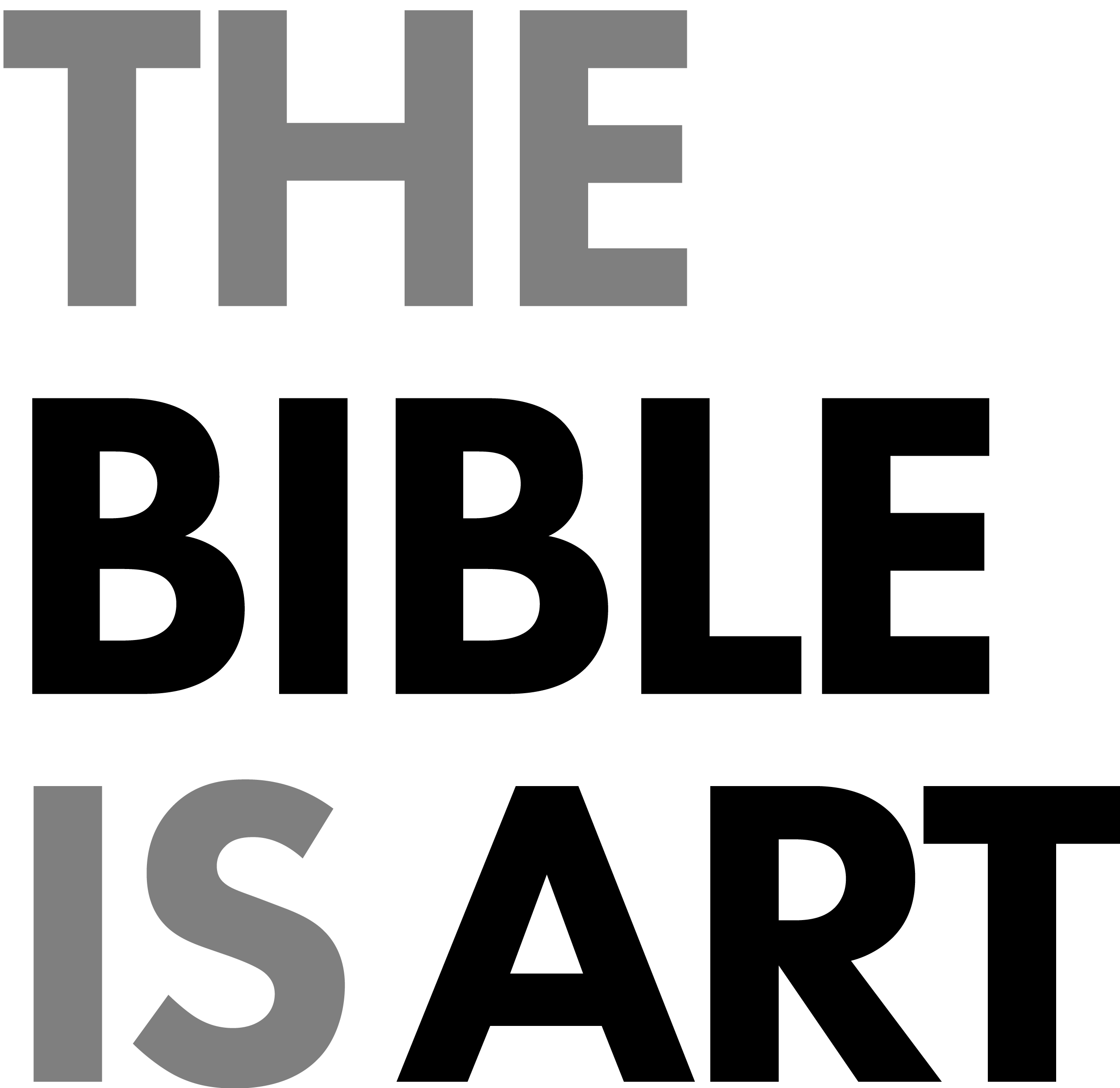Why Matthew Changes names in Matthew 1
Some of the people in Matthew’s genealogy we know about, we’ve read about them before in the grand story, in the Old Testament. But others we don’t know.
And then there’s a third category. Characters that we do know but whose names have been changed.
What I mean is that we know the genealogy, the family tree from the Old Testament texts like the beginning of Chronicles, but when it’s listed here some of the names have been slightly changed. Now if that concerns you just hold on a minute will get to that but for now let’s look at these two characters, the two changes Matthew makes.
The two people are in verse 8 and 10 and their original names were Asa and Amon. Matthew changed these names to Asaph and Amos.
How we know their original names are from the family trees from the books of Kings and Chronicles (1 Kings 15:24, 1 Chron 16:13-17:1 & 2 Kings 21:18, 2 Chron 33:20)
Now some scholars think that this was a copyist error, they just made a mistake. And while that’s always possible, if our best textual evidence has it, and it does, and it’s not some difficult word or concept, and it’s not, then we should try to figure out why our author made the change, what literary reason is there for Matthew to do this.
The fascinating thing about this change is that Matthew changes the names to people we know, famous people in the Old Testament. That is, Matthew is not tricking anyone, and he knows he’s not. Everyone knew the kings of Judah.
It would be as if you were reciting the presidents of the United States and when you got the 16th you said Ghengis Khan. Everyone would know that’s not true and assume you’re communicating something about Abraham Lincoln.
And the same is true with Matthew, everyone knows Asaph was not the son of Abijah and Amos was not the son of Mannaseh. So why does Matthew change their names?
To understand that, we have to remind ourselves about who these famous men were to which Matthew changed the names of the characters.
First, Asaph.
Asaph was a psalmist, a writer of psalms. 12 of them in the center of the book of psalms* (labuachange chart) this will be important later because at the center of Matthew’s gospel Jesus will quote from Asaph’s central psalm, psalm 78, in the center of Matthew’s Gospel, Matthew 13.
Matthew is telling us that Jesus is a singer, a psalmist composing and celebrating the great acts of God as well as mourning the evils of Israel.
But what about Amos?
Amos was a prophet. In the minor prophets or the book of the twelve, Amos’ book is the third in the collection. He was a great prophet. So not only is Jesus in the line of psalmists but also prophets.
What Matthew was trying to communicate is that Jesus is the complete human he encompasses every facet of humanity. In Jesus’s line there is men and women, Jews and gentiles, priests, kings, singers and prophets. He’s the universal, complete man, including in his body every category of person.
